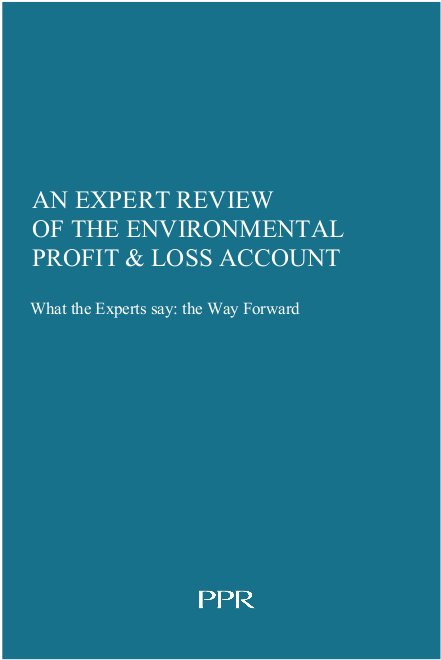 On December 14th, PPR published the expert review report on Puma’s Environmental Profit and Loss Account (E P&L). The panel of experts that had been commissioned to undertake the review brought some of the most eminent names in the industry together, among them John Elkington, Peter Bakker, or Pushpam Kumar (see full list) .
On December 14th, PPR published the expert review report on Puma’s Environmental Profit and Loss Account (E P&L). The panel of experts that had been commissioned to undertake the review brought some of the most eminent names in the industry together, among them John Elkington, Peter Bakker, or Pushpam Kumar (see full list) .
What did the panel say?
In short, the EP&L came out with flying colours as a business management tool.
Overall, the panel said the EP&L was “an excellent first step” toward promoting the sustainable use of natural capital.
The unanimous verdict was that PUMA “clearly applied credible valuation approaches”.
The methodology was judged as a valuable asset for strategic decision making, as well as for providing insights into potential business risks linked to the use of natural capital.
A good first step: the recommendations for improvements
The following were the two key recommendations that the experts made in their review report:
- Air pollution, location-specific conditions and figures should be used in order to estimate health & environmental impacts.
- Water: splitting into 2 categories – ground and surface water. This would therefore mean include ground water newly into the EP&L: ground and surface water. (Ground water is not considered in the original analysis.). Also: make the inclusion of water pollution calculations priority.
Don’t walk alone, Puma
A key concern raised by the expert level was the complexity of the methodologies applied, in combination with the fact that Puma – or rather: PPR, its holding company – is flying solo to date. The experts clearly stated that much of the EP&L’s long-term impact would only come to flourish if the business community comes to an understanding how best to standardize the principles underlying the the approach to producing an EP&L. Only if PPR manages to facilitate a widespread adoption its ultimate purpose would become reality: that externalities be a firm part of a company’s balance sheets.
The experts in fact urged PUMA to develop a “cookbook” to guide businesses through the process of developing an EP&L, which in turn would allow the accounts to be more readily used for decision making and risk management.
Luckily, their recommendations are – theoretically at least – falling upon open ears: They recommendations echoed those of PUMA’s chief executive Jochen Seitz earlier this year, who said the company wanted to expand the tool to a global scale and create a standardised green “calorie count” system, which would allow consumers to measure the lifecycle impact of their purchases from any sector.

